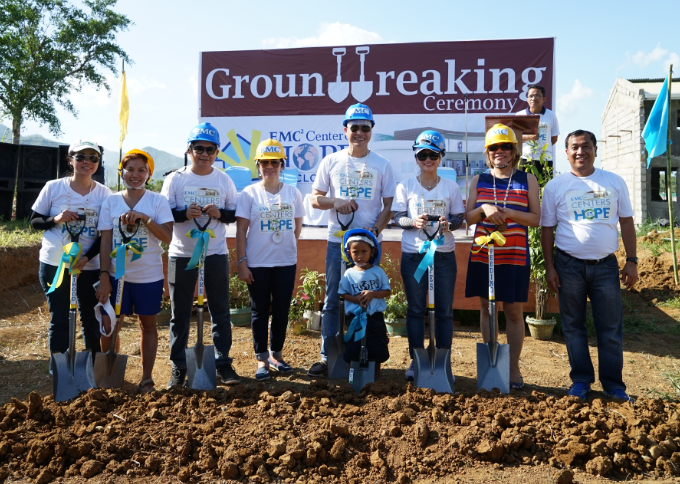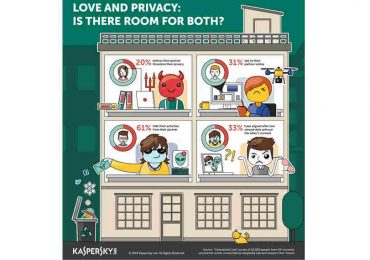EMC hosted the groundbreaking ceremony of the first Center of Hope at the National Housing Authority Relocation Site in Brgy. Cabalawan, Tacloban City, Philippines. This project is part of EMC’s global social responsibility initiatives which aims to strengthen societies and help shape the future of local communities. EMC plans to open three Centers of Hope in the Philippines in Tacloban, Ormoc and Daabantayan in Cebu by the end of 2015. The total cost of the project is 9 million Philippines pesos, raised through private and company donations.
Established at the heart of Tacloban City, the construction of the first center is expected to be finalized in the last quarter of 2015. The 230 sq m facility features a daycare center, two rooms designed for accommodating different livelihood recovery activities, trainings, computer and library rooms, and a receiving area. The centers will provide various services, including education, protection, emergency and volunteer programs for the development and transformation of the local community.
“The EMC Centers of Hope is a very important project for EMC with which we hope to bring together staff, donors, and volunteers to provide first class assistance to the survivors of typhoon Yolanda (Haiyan), especially those who belong to extreme poverty”, says Ronnie Latinazo, Country Manager of EMC Philippines. “EMC is committed to giving back to the local community and through these continued efforts, we hope to play in rebuilding people’s lives in the areas affected the most by typhoons,” added Ronnie Latinazo.
”Over the last year, 333,750 typhoon survivors have received assistance. Our partnership with EMC will further help our community to rebuild their lives after a natural disaster. We value our partnership with them and together hope to continue providing support to the community,” says Jun Velasco, HOPE worldwide Philippines.
The three centers will employ 157 people in the next two years. The main programs of the centers include: livelihood recovery, education, health, protection advocacy, emergency, and volunteerism. Implementation of the livelihood program has kicked off in Tacloban. More than 80 mothers whose husband is a fisherman or farmer, together with the help from the HOPE Disaster Recovery Fund, started a fish drying and fish souse making project. The same strategy will be implemented in other Centers of Hope in the Visayas region.
Under the Child Sponsorship Program child survivors will be provided meal allowance and school sponsorship, so that they can continue their education. Facilities that will be made available to these children include the computer laboratory, library and tutorial services.
The daycare program will cater to children aged four to five and will focus on basic literacy, health and protection needs. Beneficiaries of this project are children from poor families, affected by the typhoon Yolanda.
The four other programs managed by the Centers of Hope are protection, advocacy, emergency, and volunteerism. Under the protection program, children in need of special protection, case management, and recovery services will be referred to network institutions in their respective area. The advocacy program will include education and training on prevention of child abuse, child rights advocacy, and collaboration and strengthening of Barangay and school protection system.
When disaster arises, the center will be a venue for emergency relief, protection, and shelter for those in need. The services provided by the center include: emergency relief, protection, feeding, logistics, psychological support, shelter kits and specially designed spaces for kids.
Interested volunteers can participate in the program to provide staff support, program support, technical support, spiritual support, and funding for the Centers of Hope.












